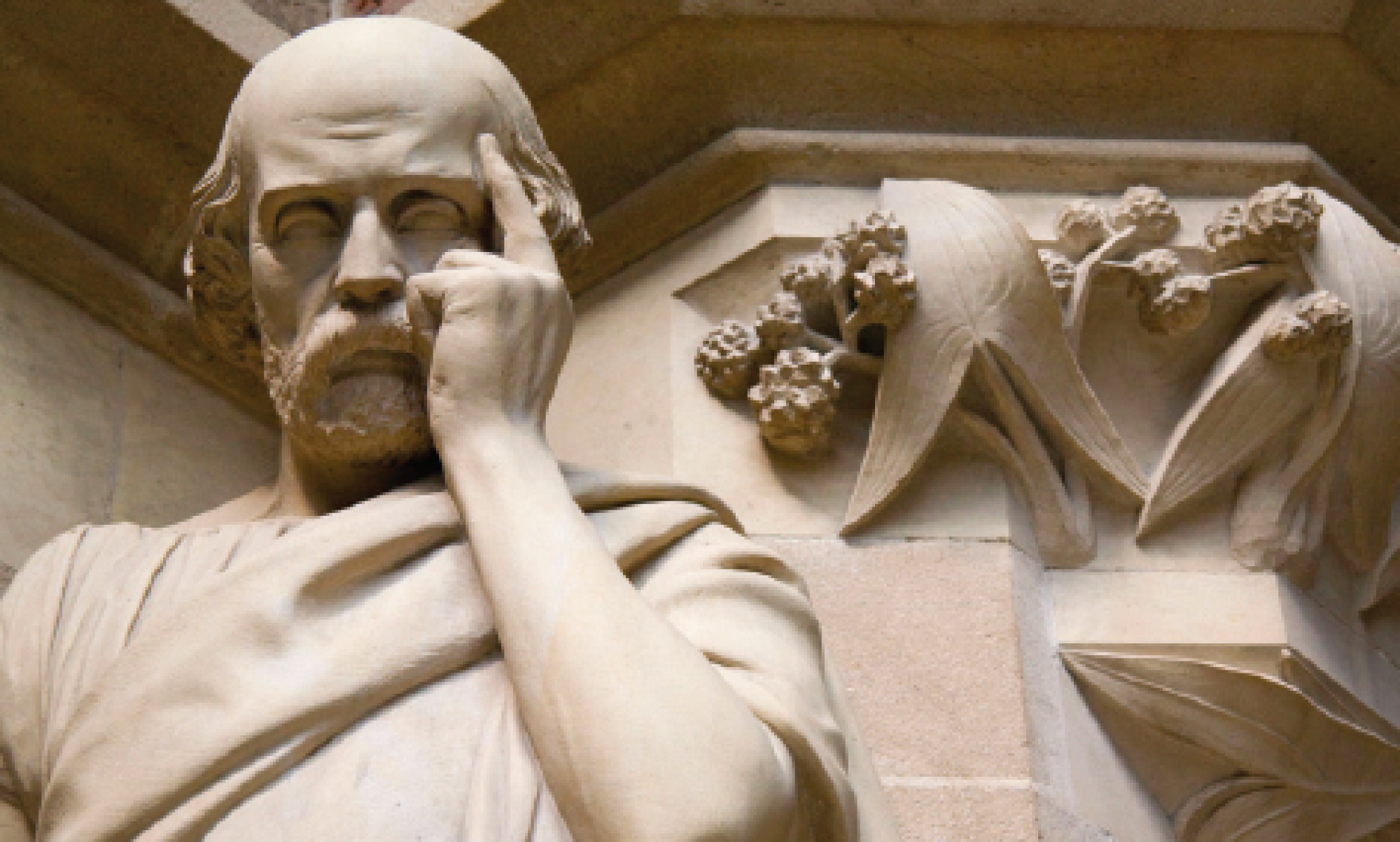Elections are all about positioning. There is a basic law in political science called the medium voter theorem: the candidate wins who is located closest to the median voter, provided that the distribution of preferences has a single peak. Most voters in Peru are located in the centre. Invariably, in all recent Peruvian elections, the winning candidates have managed to locate themselves near the median voter.
The two candidates selected for the runoff were Ollanta Humala and Keiko Fujimori. Humala won a lot of votes because he was the only candidate on the center-left (and while the majority is centrist, there are many voters on the left). Keiko benefitted from the fact that the centre-right was divided by three different candidate (what a massive failure of foresight on their part!).
Now, to win the runoff, both candidates must move closer to the centre. That will be the winning strategy, but equally important, it will also define the mandate to govern of the winner.
For more on this, see the excellent report by Robert Kozak:
LIMA, Apr 11, 2011 (Dow Jones Commodities News Select via Comtex) — The two candidates for Peru’s presidency are likely to rush to the center of the political spectrum, attempting to seek allies before a June 5 run off.
The latest official results show left-leaning nationalist Ollanta Humala with 29.3% of the vote and center-right Congresswoman Keiko Fujimori with 22.9%, following Sunday’s general elections.
“For me the issue is whether Humala can move way to the right. He must position himself in the center of the system, and try and keep Keiko far on the right,” said Maxwell Cameron, a political scientist with the University of British Columbia.
“The alternative strategy is to seek to polarize the electorate, but I think that would be unwise,” Cameron, an expert on Peruvian politics, said.
Humala’s pronouncements have raised concerns that any government he led could derail Peru’s spectacular economic growth by imposing an agenda that favors greater state control over the economy.
In 2006, Humala ran on a Socialist platform, but lost to President Alan Garcia. Humala has worked to project more moderate policies since then.
Many Peruvians meanwhile are concerned that any government led by Keiko Fujimori would emulate the corruption-ridden 1990-2000 government led by her jailed father, ex-President Alberto Fujimori.
“The challenge for Mr. Humala is to convince the broader electorate that he has dropped his radical agenda. The challenge for [Keiko] Fujimori is to overcome the divisive gap that her father’s memory still generates in Peru,” said Goldman Sachs economist Eduardo A. Cavallo in a report.
Pre-election polls showed the two candidates would be even in a run off.
“For Keiko Fujimori to gain the majority she will have to reach out to the anti-Fujimori vote. If Humala wants to have more than the 47% he got in 2006, he will have to move to the center,” said Steven Levitsky, a Harvard University professor of government, on RPP radio Monday.
-By Robert Kozak, Dow Jones Newswires; 51-99927 7269; peru@dowjones.com
(END) Dow Jones Newswires
04-11-11 1304ET

Apart from political positioning, there is the question of the legacies of systematic corruption and repression at stake.http://www.deliberatelyconsidered.com/2011/04/presidential-elections-in-peru/